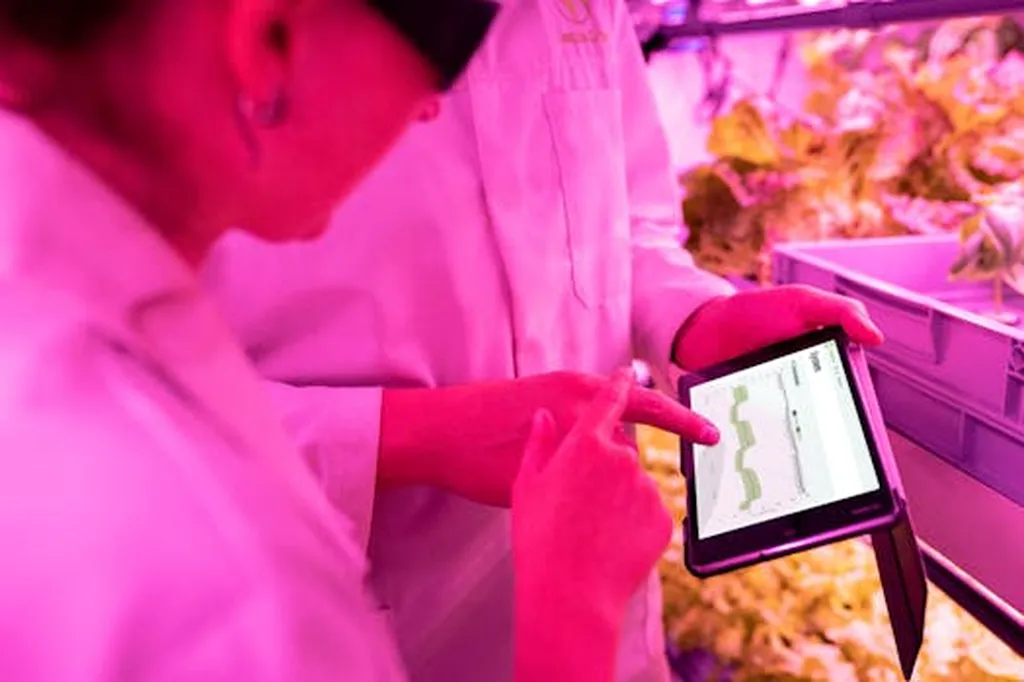In the ever-evolving landscape of precision agriculture, a groundbreaking study led by Yiwen Chen from the College of Optical, Mechanical and Electrical Engineering at Zhejiang A&F University in China is set to revolutionize how we monitor and predict potato crop growth and yield. Published in the journal *Remote Sensing* (which translates to *Remote Sensing* in English), this research introduces a novel framework that leverages UAV (Unmanned Aerial Vehicle) visible-light imagery to estimate above-ground biomass (AGB) and predict tuber yield, offering a cost-effective, non-destructive, and scalable solution for farmers and agritech companies alike.
The study addresses longstanding challenges in potato farming, where traditional methods of assessing AGB and yield often rely on subjective farmer evaluations or complex spectral analysis techniques that require high data inputs. “Our goal was to develop a more efficient and accurate method that could be easily integrated into existing farming practices,” says Chen. The research team achieved this by creating a new vegetation index called the Green-Red Combination Vegetation Index (GRCVI), which significantly improves the separability between vegetation and non-vegetation pixels. This innovation is crucial for accurate data extraction and analysis.
One of the standout contributions of this study is the improved single-period Structure from Motion (SfM) method. Traditional SfM techniques are highly sensitive to soil elevation variability, leading to errors in canopy height estimation. The enhanced method proposed by Chen and his team mitigates these errors, providing more reliable canopy height estimates with R² values ranging from 0.8470 to 0.8554 and RMSE values below 2.3 cm. “By refining the SfM method, we ensure that our predictions are not only accurate but also consistent across different terrains,” Chen explains.
The study further integrates fractional vegetation coverage (FVC) and plant height (PH) derived from UAV imagery into a feedforward neural network (FNN) to predict AGB. The results are impressive, with the AGB estimation model achieving an R² of 0.8341 and an RMSE of 19.9 g. Building on this, the team used polynomial regression to predict potato tuber yield, achieving an R² of 0.7919 and an RMSE of 47.0 g. These findings demonstrate the potential of UAV-based visible-light imagery for scalable and efficient monitoring of potato growth and yield.
The commercial implications of this research are vast. For the energy sector, which often relies on agricultural biomass for bioenergy production, accurate and timely estimates of above-ground biomass can optimize resource allocation and improve efficiency. “This technology can help energy companies make data-driven decisions, ultimately leading to more sustainable and profitable operations,” Chen notes.
Moreover, the study’s methodology provides a robust foundation for precision agriculture and high-throughput phenotyping. By offering a non-destructive and scalable solution, it paves the way for future advancements in crop monitoring and yield prediction. As the agricultural industry continues to embrace technological innovations, this research is poised to shape the future of farming practices and agricultural technology.
In summary, Yiwen Chen’s study represents a significant leap forward in the field of agritech, offering a practical and efficient solution for monitoring potato crop growth and yield. With its potential to enhance precision agriculture and support the energy sector, this research is a testament to the power of innovation in addressing real-world challenges. As the agricultural industry continues to evolve, the insights and methodologies presented in this study will undoubtedly play a crucial role in shaping the future of farming.

